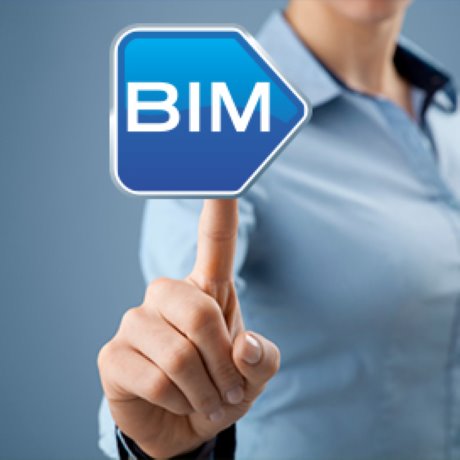The Institute for BIM in Canada (IBC) in partnership with Digicon Information Inc. are in the process of conducting a survey that is designed to capture the state of adoption of Building Information Modeling (BIM) from a national perspective.
"People should get involved in the survey, because they will be able to see the results and how they are positioned in terms of their own competition within Canada, and also how they are positioned in terms of BIM adoption with companies in other countries," said David Watson, president of Edmonton-based Digicon Information Inc.
Members of the Canadian construction industry are being invited by the IBC to take part in the survey, which is based on a questionnaire designed by the National Building Specification (NBS) in the United Kingdom.
National surveys are being held simultaneously in the United Kingdom, Finland, Denmark, Czech Republic and Australia. NBS is a division of the Royal Institute of British Architects.
"The NBS developed most of the guts of the survey and they invited organizations in other countries to participate and run surveys in their own countries for the purpose of benchmarking not just BIM internally, but also compared to other countries that are participating," said Watson.
"The idea being that most of the questions have been aligned or paralleled and only slightly massaged to be of national relevance and can be compared internationally."
Watson said the survey is designed to capture how many Canadian companies are actually practicing BIM as a process. The questions have been adjusted to make sure the answers that are being collected are accurate. This means the questions are identifying who say they use BIM, but don’t recognize the difference between the implementation of BIM and the use of Revit.
BIM is the generation and management of digital representations of physical and functional characteristics of places. BIM software is used to design, construct, operate and maintain physical infrastructures.
However, there are many software applications such as Revit that can be used as a BIM tool. But, the various functions of BIM should be integrated in terms of the work being done by the project team.
"That means if you get software that documents early design decisions and you use Revit to draft it out and create the drawings, and another application to run energy calculations or load calculations, or specifications, or cost calculations, if they are all designed to link together that is a true BIM project," said Watson.
The first National BIM Survey was conducted by the IBC and Digicon between February and March 2013.
There were 78 respondents from a range of disciplines and company types. Some of the most significant results of this survey are that 94 per cent of the respondents work in Canada, with five per cent in the USA/North America and only one per cent overseas.
The respondents’ main disciplines include architects (12 per cent), contractors (13 per cent) and various types of engineers (26 per cent).
The largest type of business reported was multi-disciplinary (32 per cent), while architects and contractors each represented 12 per cent of the total respondents. Structural engineers represented eight per cent.
Large companies of 50+ employees represent 51 per cent of the individual respondents. The largest percentage (23 per cent) worked for companies with more than 501 people. The large size of the companies suggests that respondents tended to come from government offices. A relatively low four per cent of respondents have no idea what BIM is.
Many of the questions asked in 2013 will be part of the new survey, so comparisons can be made over time to see if there has been improvement.
"We are doing poor domestically and there are a number of European countries that are far ahead of us, including England, Finland, Sweden and Norway, how were all early adopters," said Watson.
"But, Canada is way behind and even the Americans are ahead of us. Adapting BIM processes does have a learning curve and therefore has an overhead or an expense to get into it."
One of the main messages that the IBC and Digicon are delivering to the industry that once BIM is adopted there will be performance improvements. Jobs can be done with less input or cost and delivered faster, which should translate into higher profits.
BIM also results in more accurate projects, where problems are identified much earlier in the process. This means it costs less to fix them.
Canadian companies interested in participating in the survey need to respond before March 15.











Recent Comments
comments for this post are closed